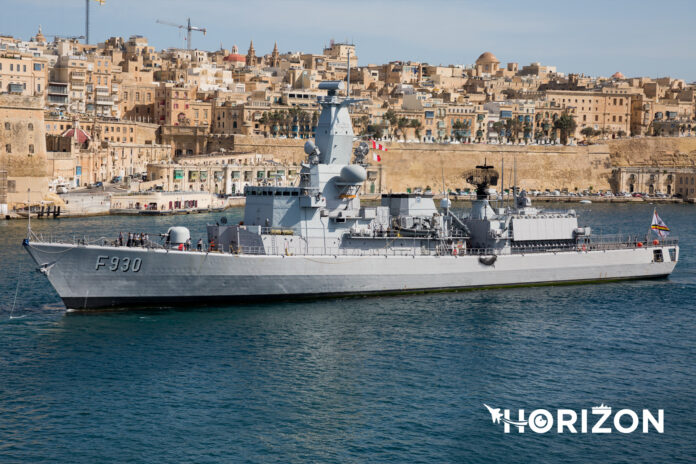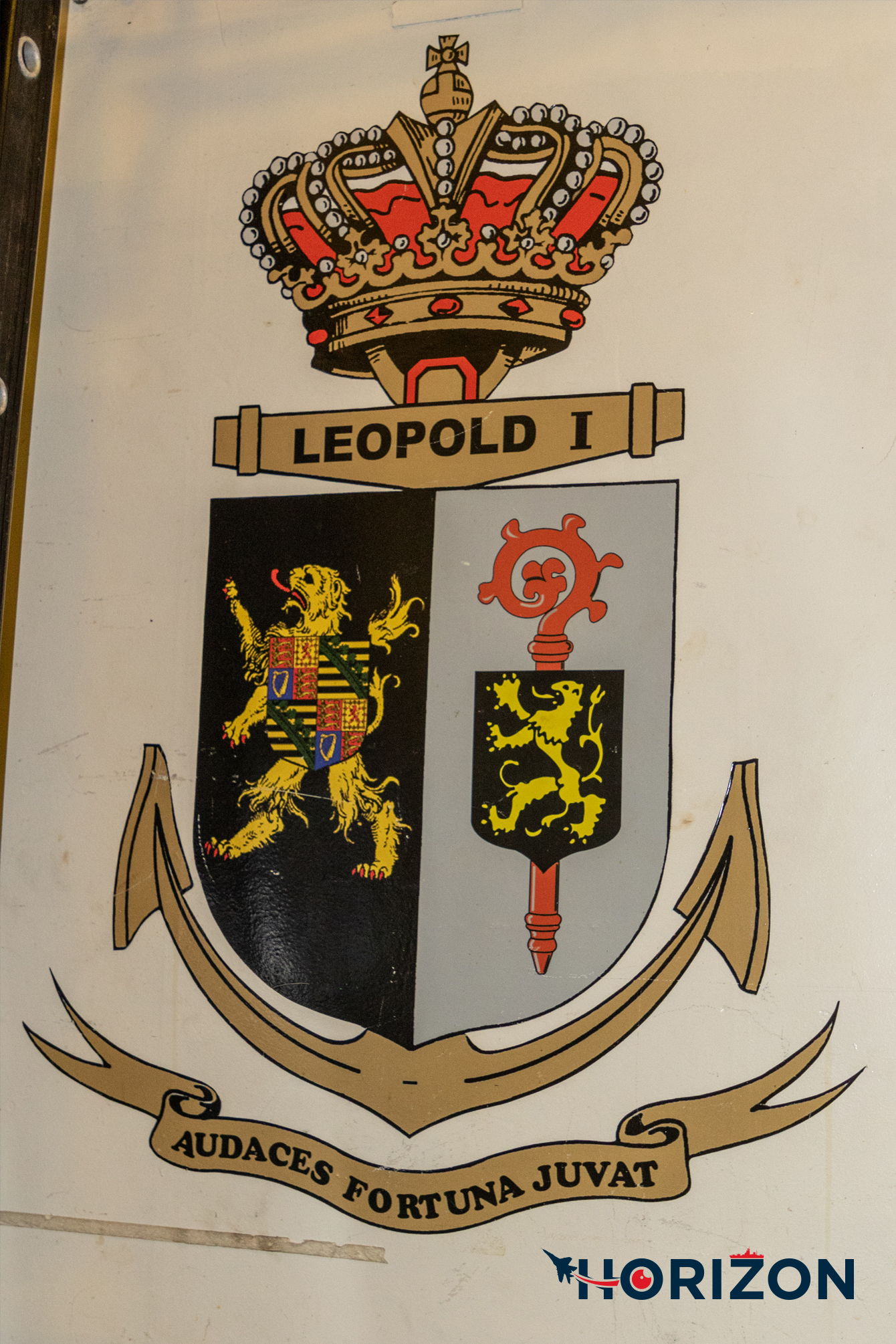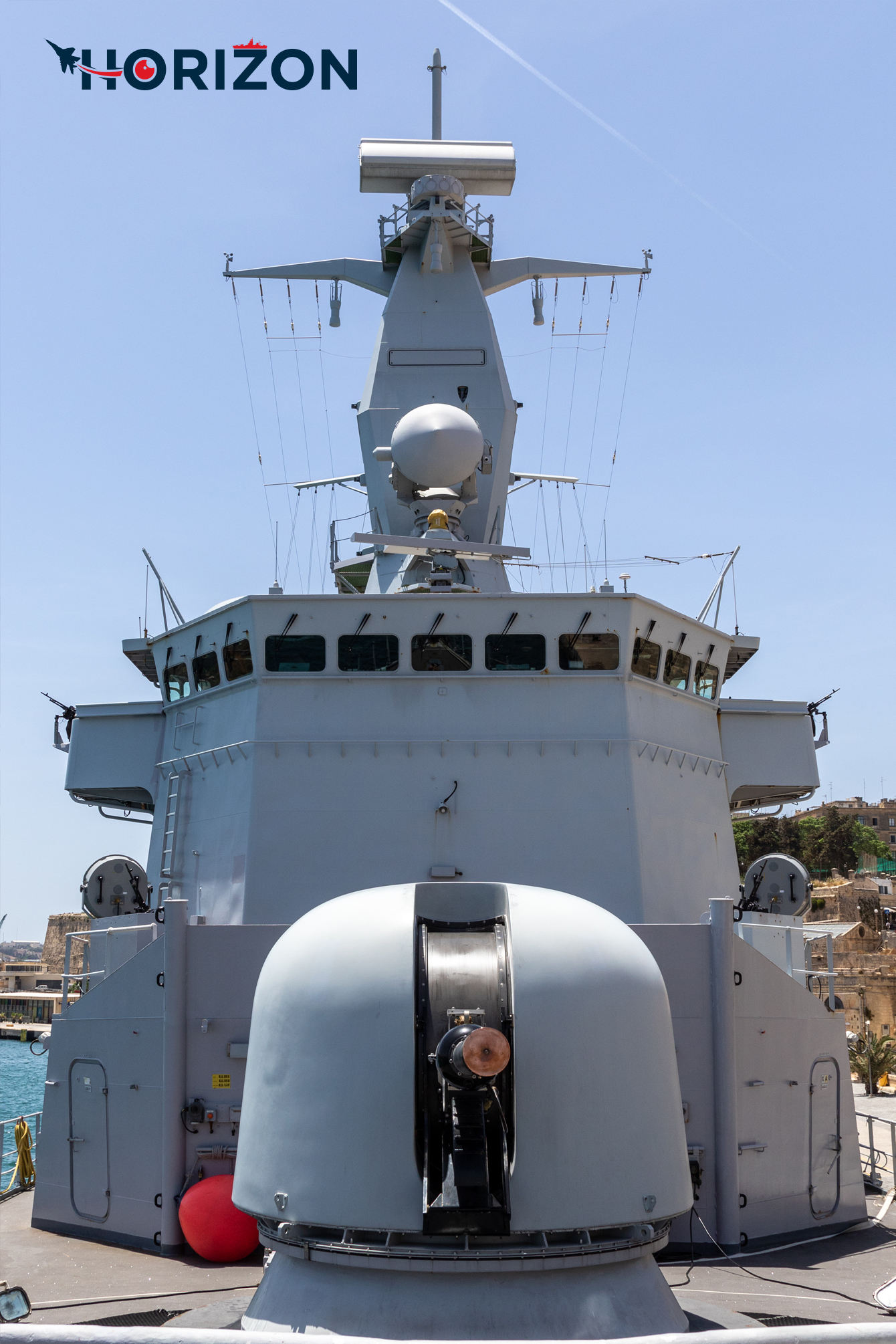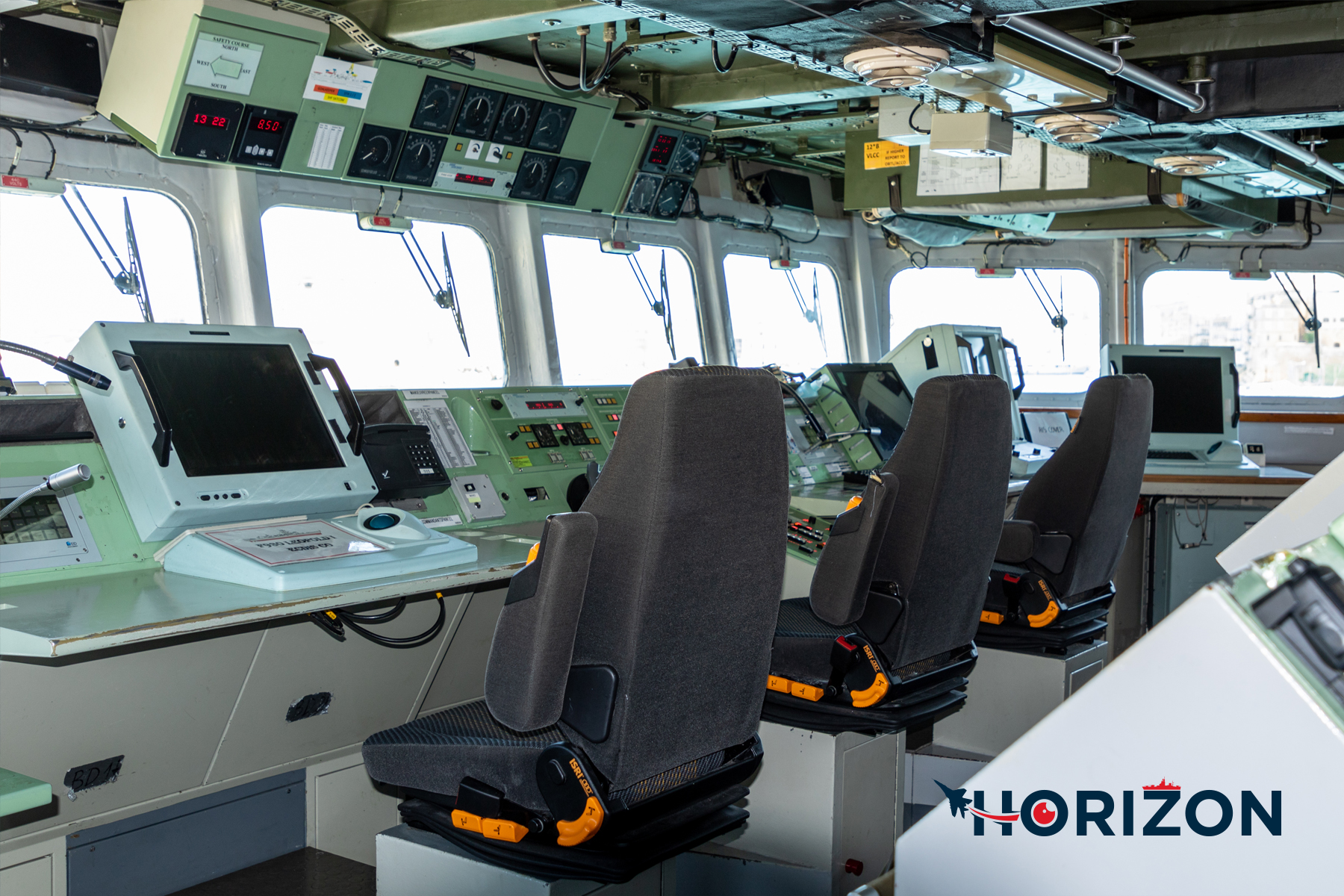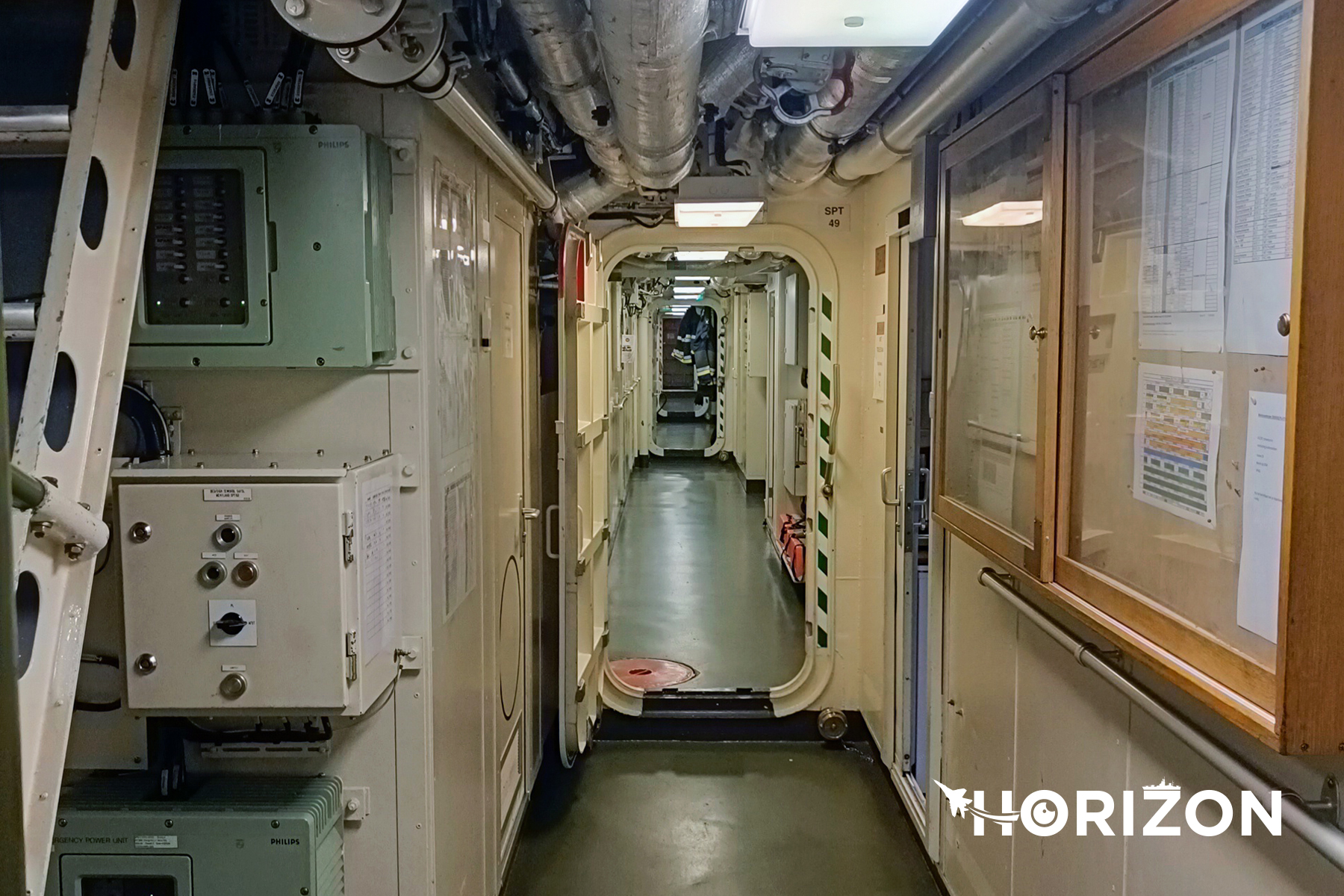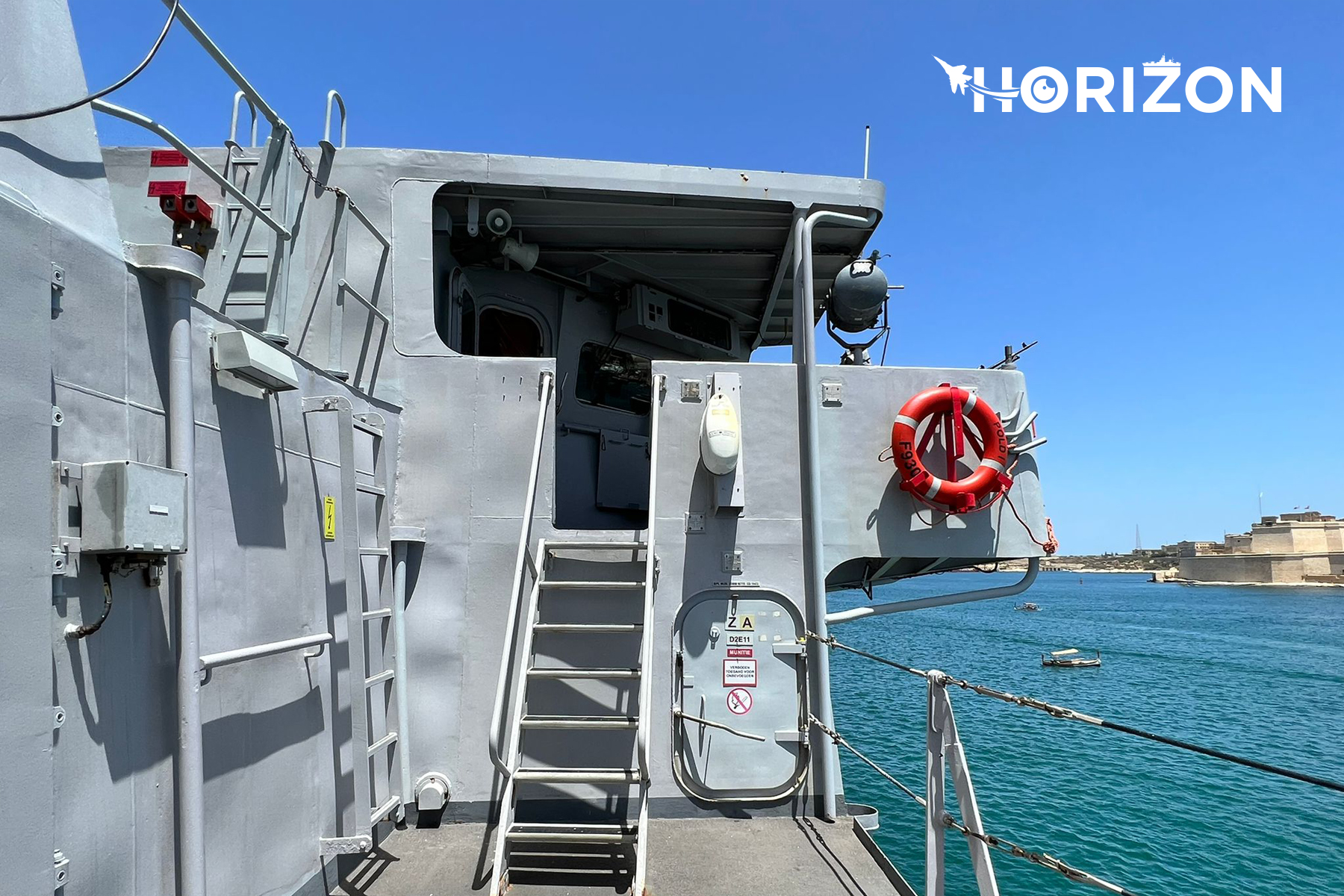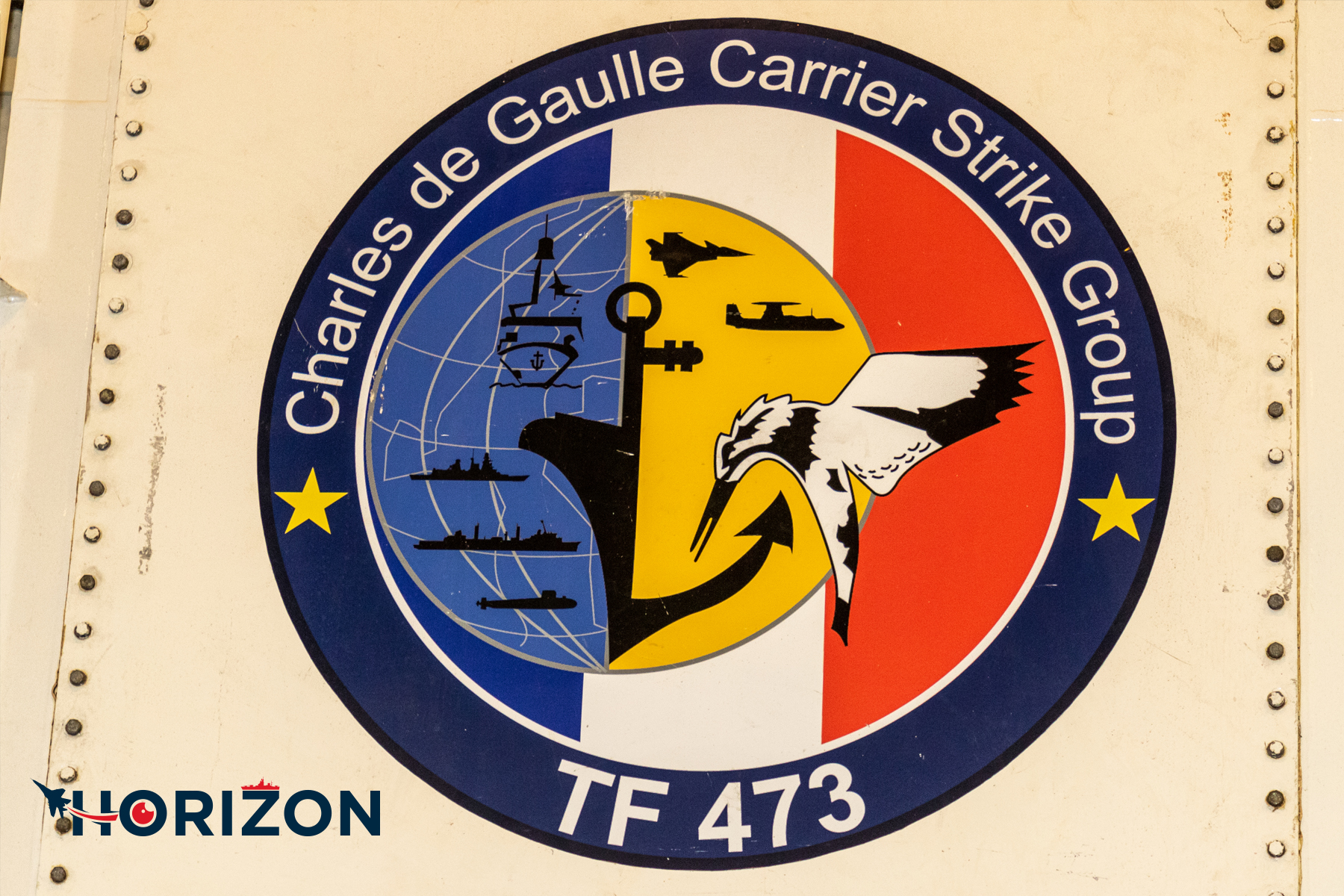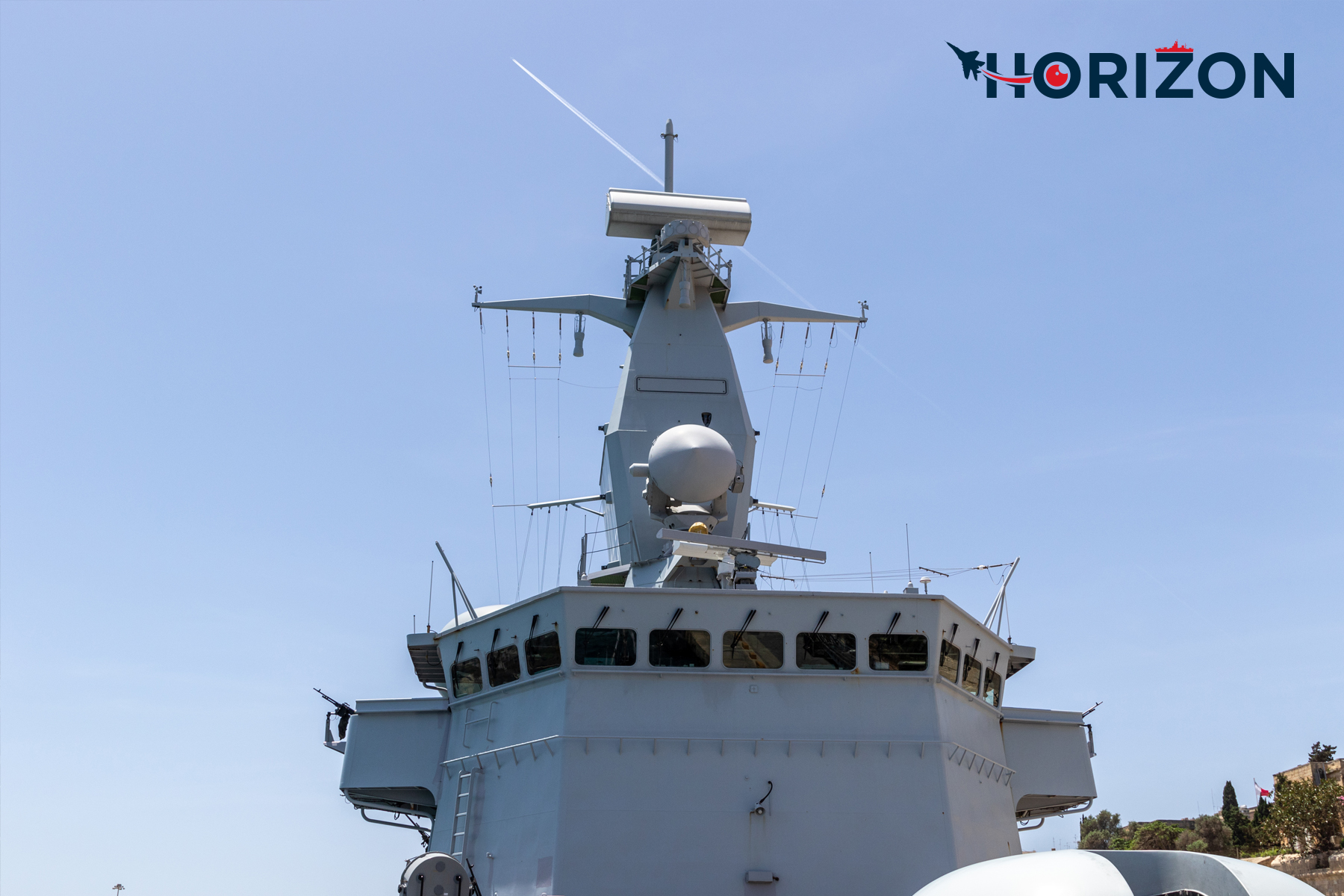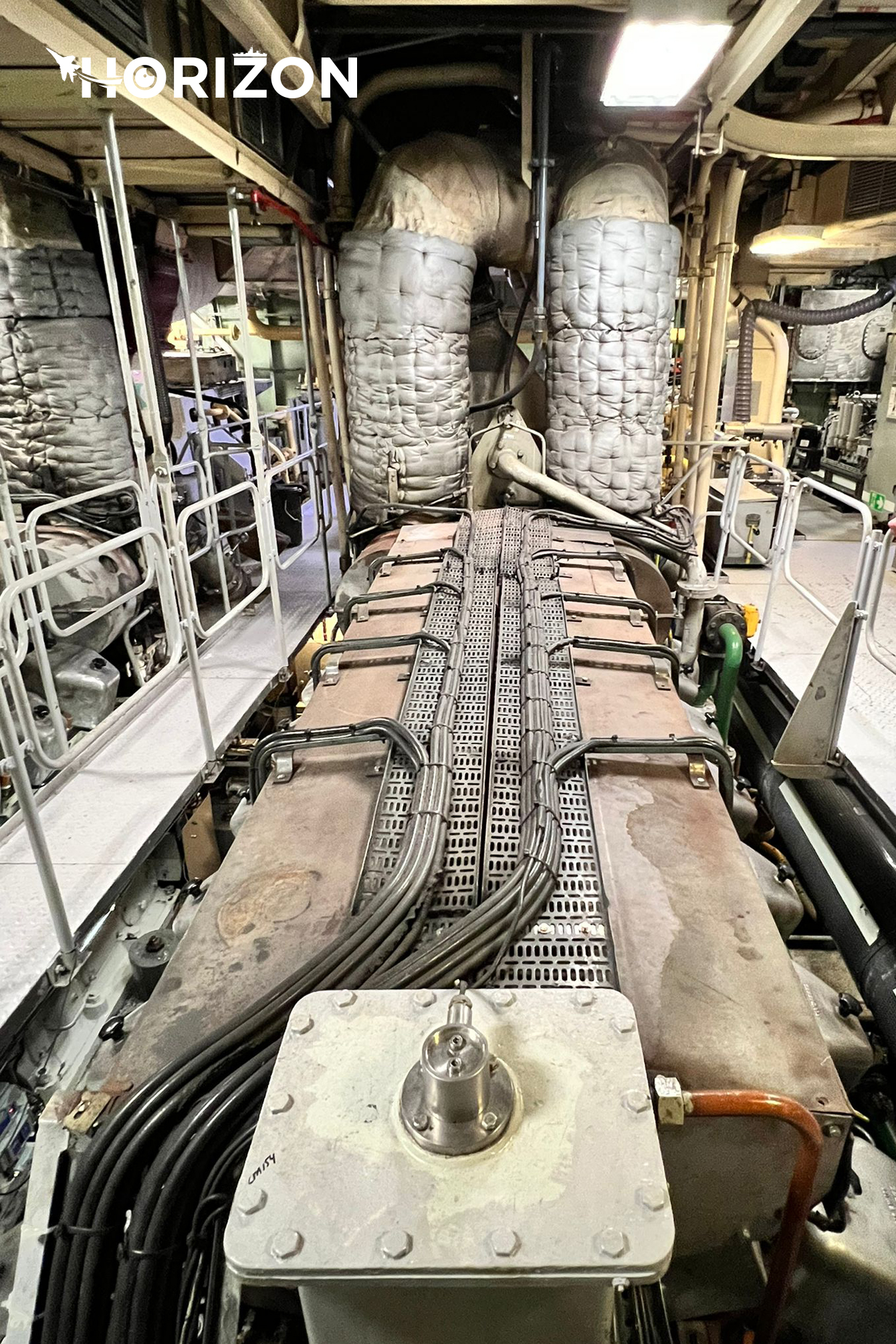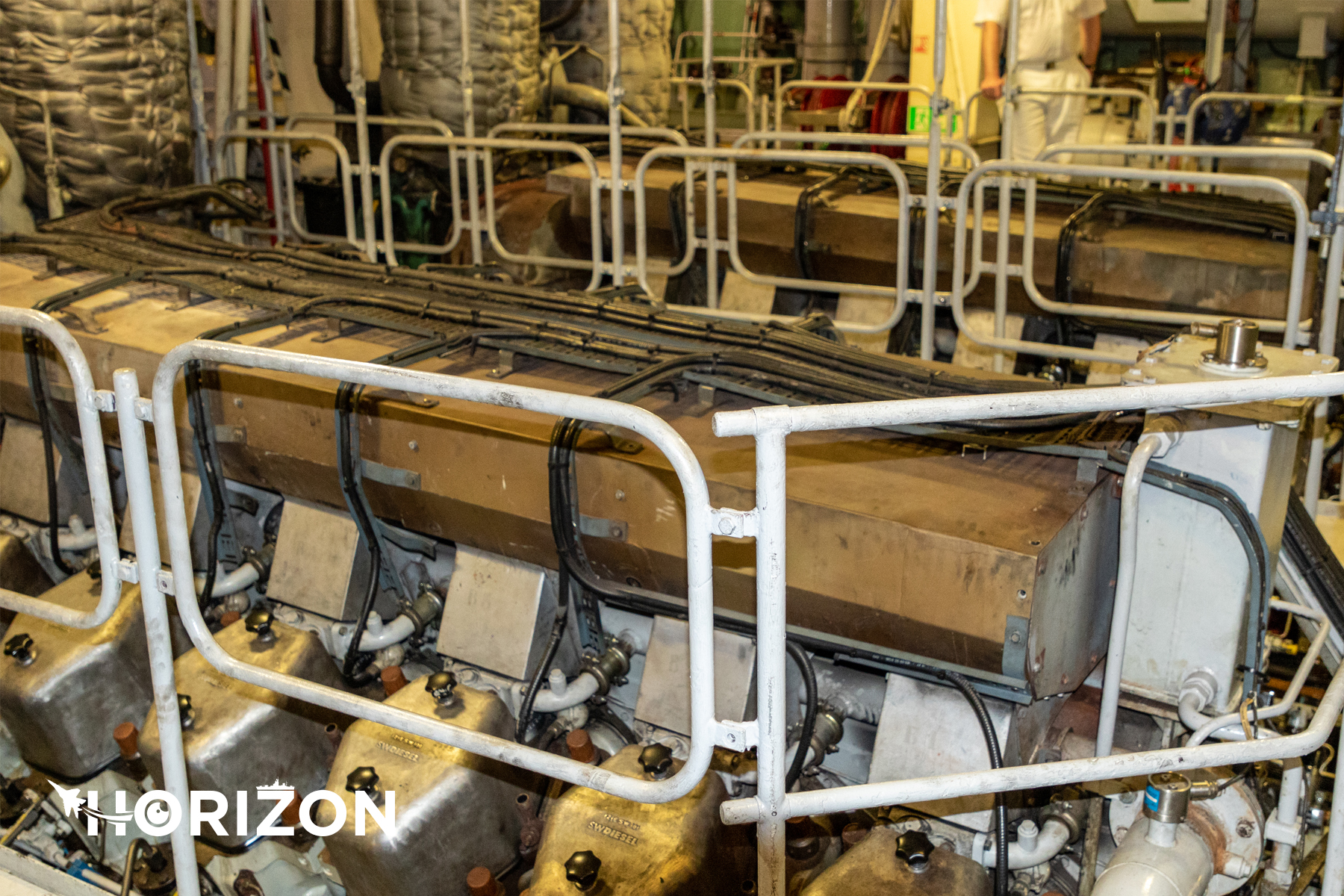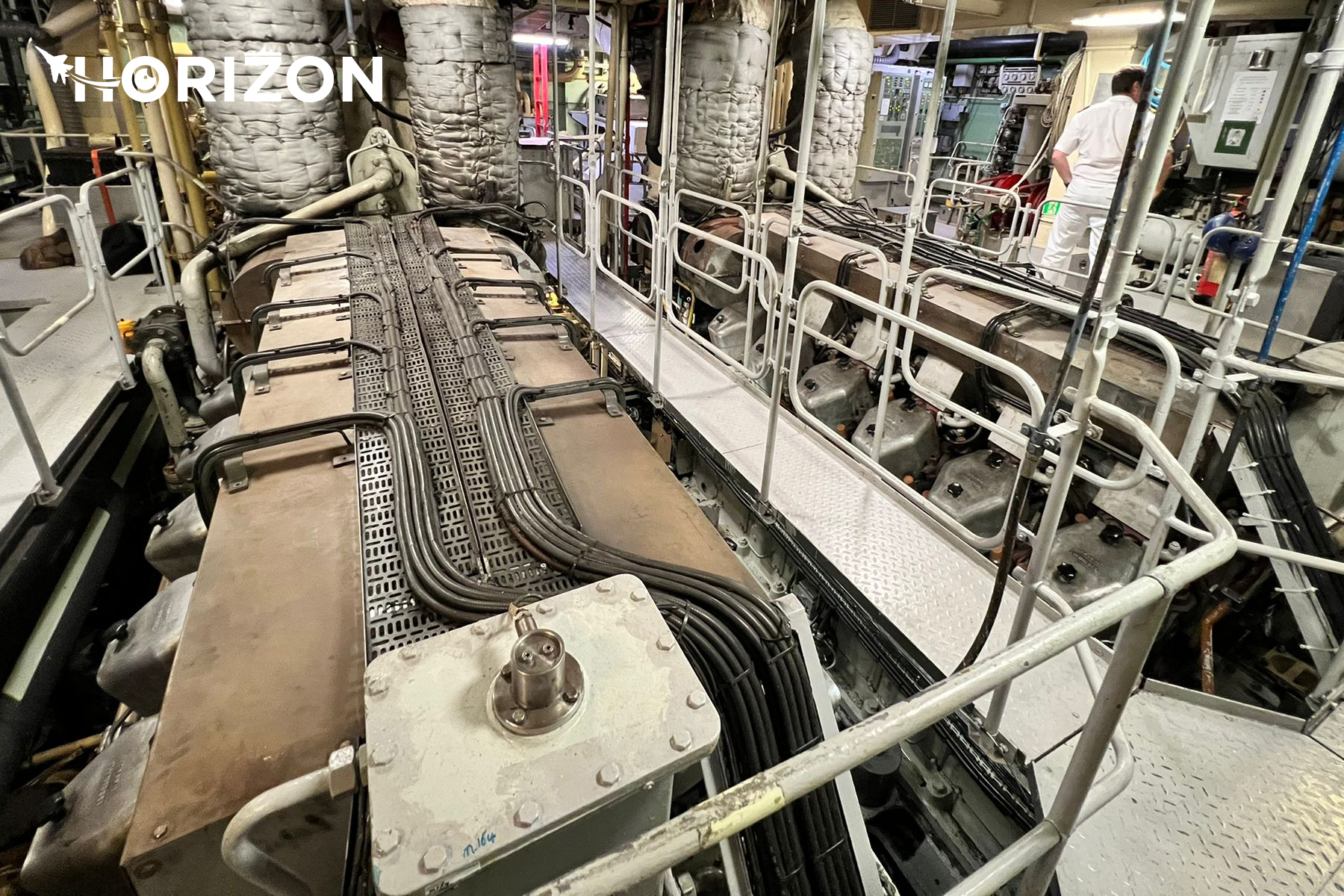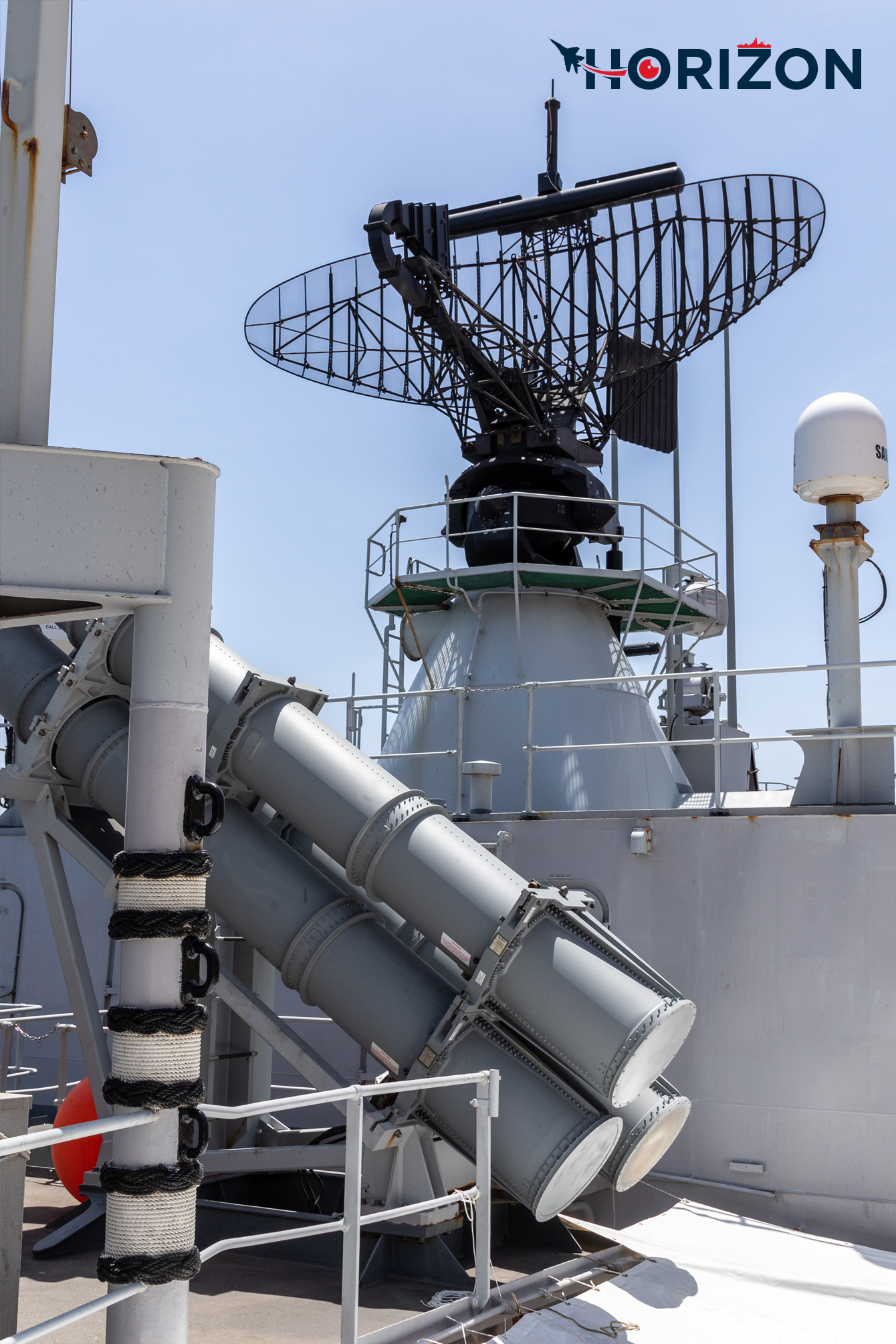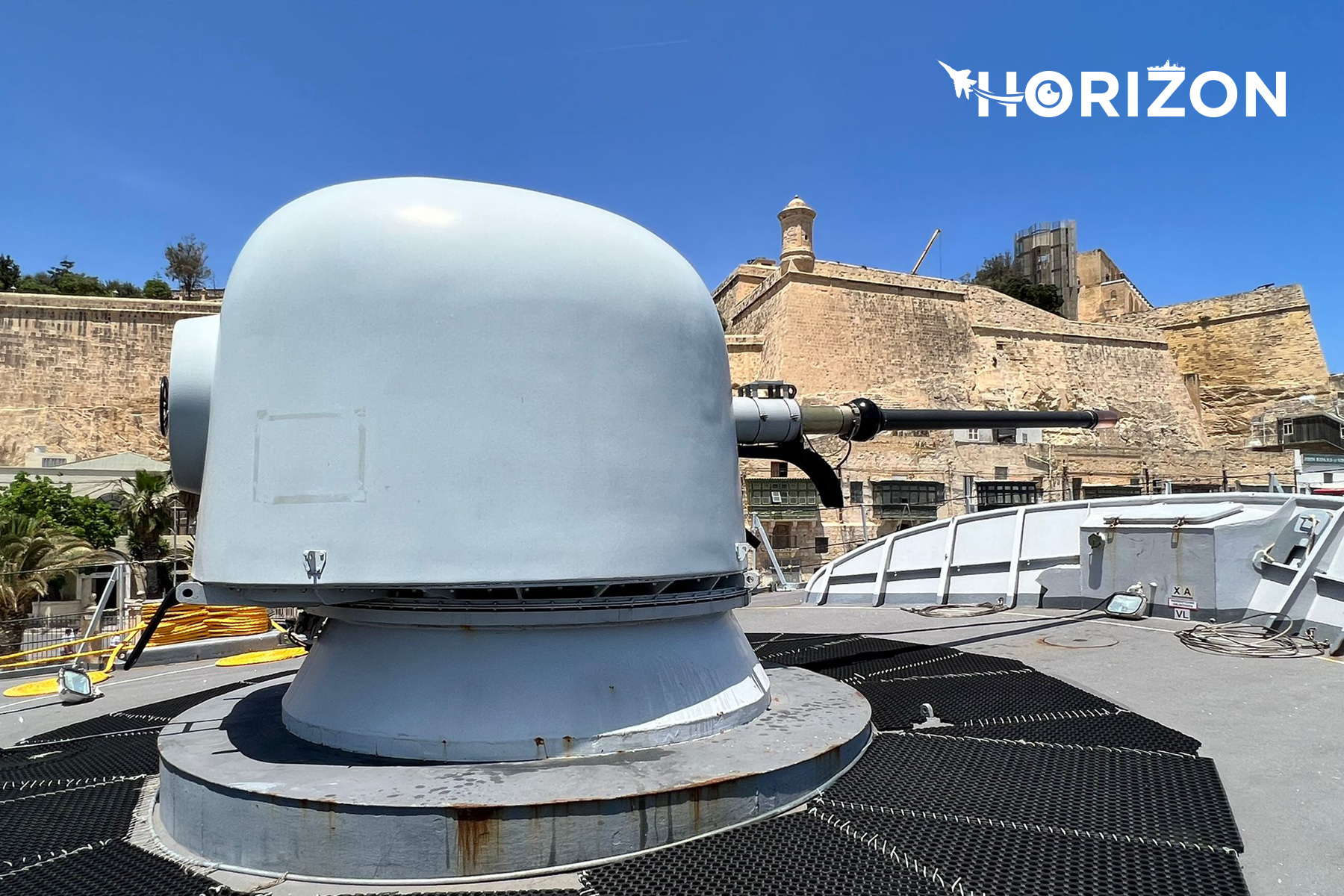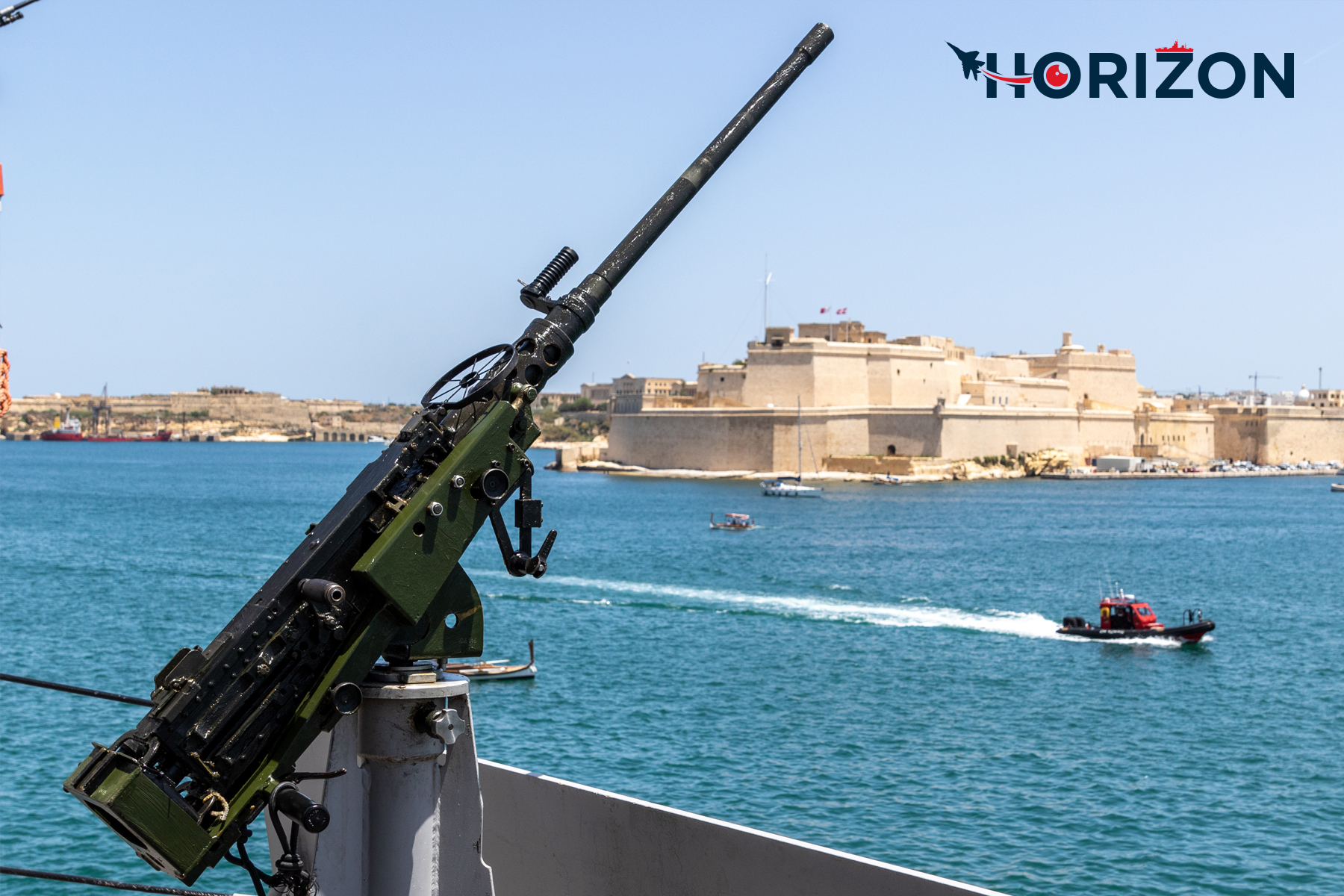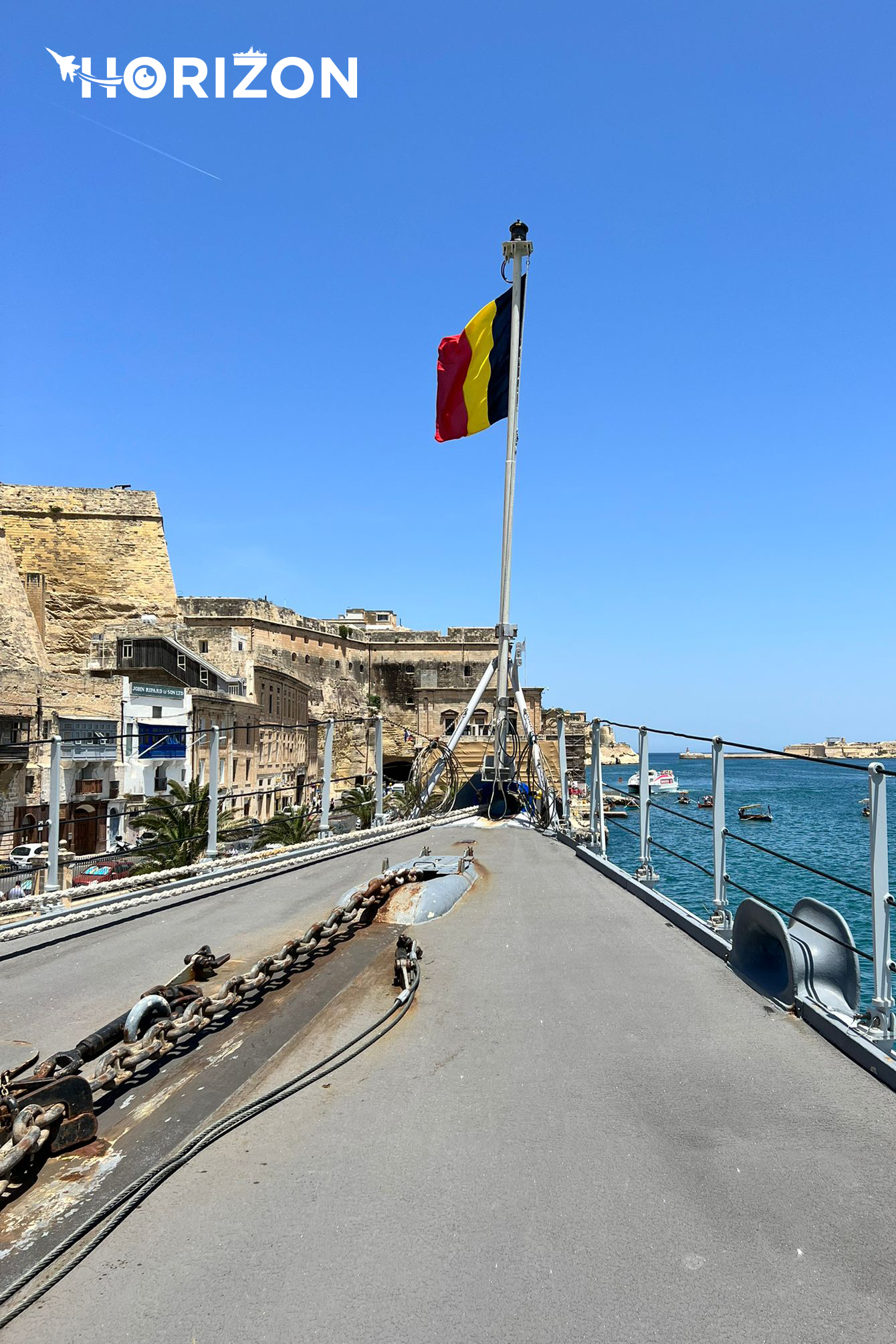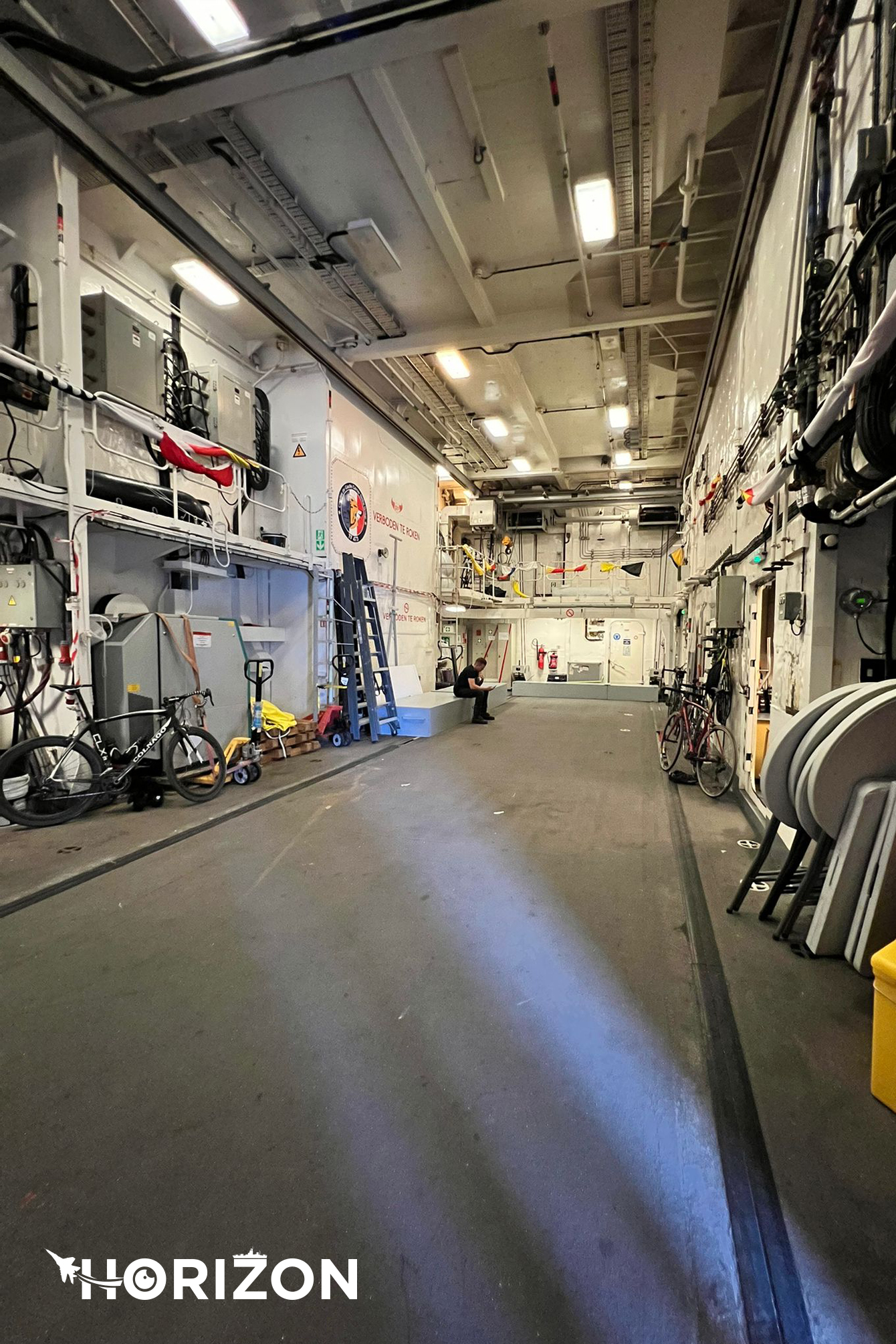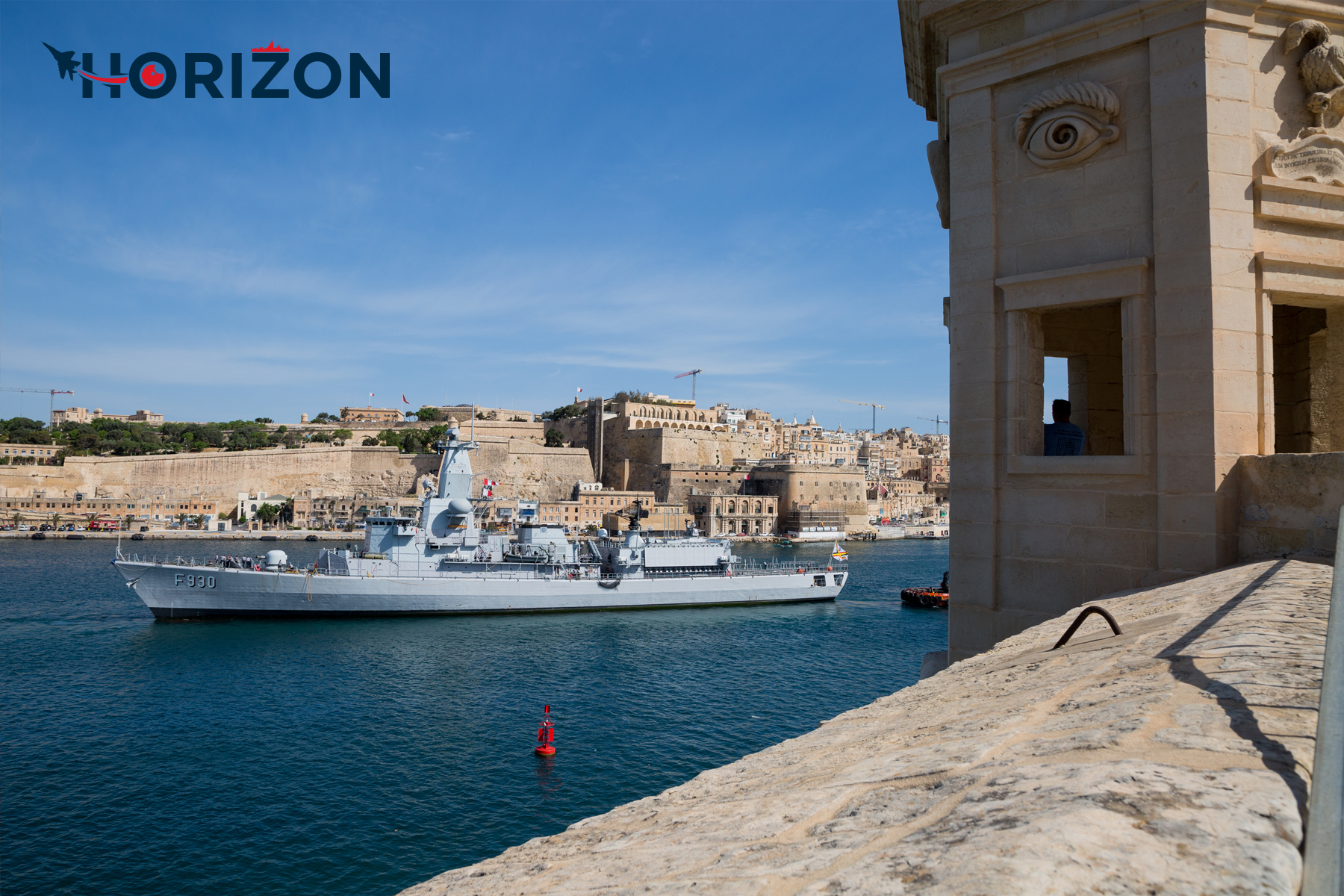On the 31st May a team from Horizon was granted a visit onboard the Belgian Navy multipurpose Frigate the FFG Leopold I. We were welcomed aboard by the Ship’s Public Relations Officer Maxim Mertens who also conducted the tour of the vessel.
The tour was a very informative tour which took us in most of the parts of the ship and could witness some of the differences from other Ships we had visited before.
The multipurpose frigate F930 Leopold I, together with F931 Louise-Marie, is the flagship of the Belgian Naval Component on all the world seas.
Bought from the Netherlands in 2005 and after an update, she was put in service in March 2007 in the Belgian naval base of Zeebrugge.
F930 Leopold I is a part of the multifunctional maritime escort capability of the Belgian Naval Component. As such she is capable to execute the following missions:
- Anti-air / Anti-surface / Anti-submarine (escort duties)
- Collective Defense under the NATO umbrella or in a European Union framework.
- Peace Enforcement Operations
- Peace Keeping Operations framing in a participation to the NATO Response Force (NRF)
- Embargo
- Intelligence gathering and surveillance
- Non-combatant evacuation operations
- Anti-drug / Anti-piracy
- Naval fire support
- Defense Diplomacy
- Humanitarian aid
The crew of the F930 Leopold I has recently demonstrated its professionalism by taking part in a number of operations, including UNIFIL in Lebanon, EU Operation Atalanta, which focuses on defending commercial ships from organised Somalian piracy, and “Maritime Capacity Building” in the Gulf of Guinea.
16 officers, including a doctor and a pilot, 78 petty officers, and 53 seamen make up the ship’s core crew. These 149 people reside on a ship that is 14.37 meters wide and 124 meters long. She weighs 4100 tons and has a draught of 6.2 meters.
The frigate is propelled by two Stork-Werkspoor diesel engines that produce 4.694 horsepower (maximum speed 21 knots). During operational maneuvering, two gas-powered Rolls Royce Spey 1A turbines with a combined output of 16.092 horsepower allow her to increase her speed up to 30 knots.
Eight Harpoon surface-to-surface missile (SSM) launchers, one 76mm cannon, sixteen NATO Sea Sparrow surface-to-air missile (SAM) launchers, four MK-46 torpedo launcher tubes, the SGE-30 Goalkeeper, a close-combat system, and two x 12.7 mm machine guns are among the numerous weapon systems the ship is equipped with.
Additionally, the F930 Leopold I has a helicopter landing platform for use with the NH90-NFH helicopter.


